- connecting our global business network
30 July 2021
Creative Husband and Wife Duo are Designing a Better Future Together
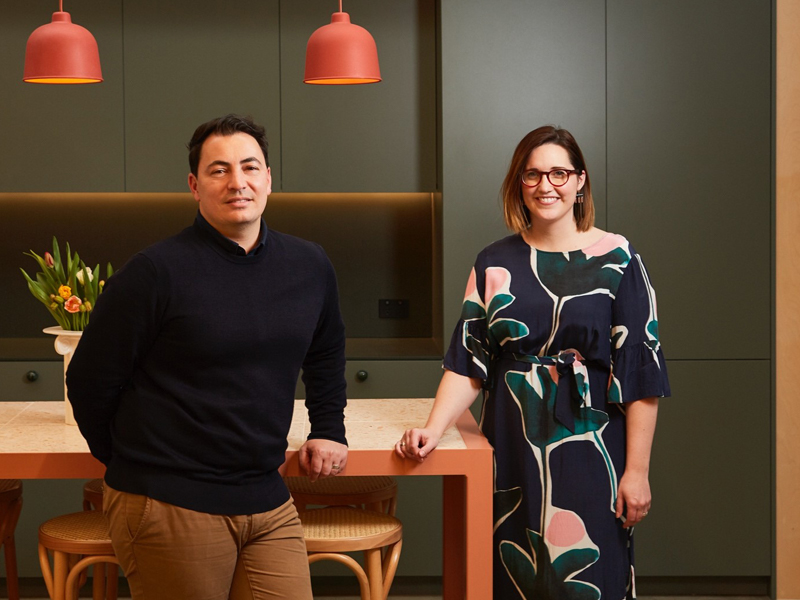
Sara Horstmann
Designer & Director at Das Studio
Bachelor of Architectural Studies
Bachelor of Design (Product Innovation)
Dino Vrynios
Architect & Director at Das Studio
Master of Architecture
Sara Horstmann and Dino Vrynios are the powerhouse couple behind emerging design practice Das Studio. Both graduates of the architecture program at the University of South Australia, the pair took a wealth of architectural and interior design experience into the development of their own practice.
From humble beginnings in 2018, Das Studio has expanded at an unprecedented rate and Sara and Dino now count 15 team members amongst their ranks.
Separately and as a pair, Sara and Dino have a diversity of achievements under their belts. Sara’s breadth of knowledge across architecture, interior design, furniture design and photography has informed her multidisciplinary design ethos. Dino has taken out a slew of architecture awards over the last few years, including the Jack Hobbs McConnell Travelling Fellowship, recognition in the InDaily 40 under 40 awards, and most recently, the Emerging Architect Prize at the Australian Institute of Architects SA Chapter Awards. Together, they’re ushering in a new way of living and working, and redefining architectural practice culture.
With Das Studio making waves in the South Australian design community for its new approach to practice life, we spoke to Sara and Dino about university life, transitioning from student to professional, and taking the plunge to work for yourself. The duo also shared some perceptive advice for the next generation of emerging creatives.
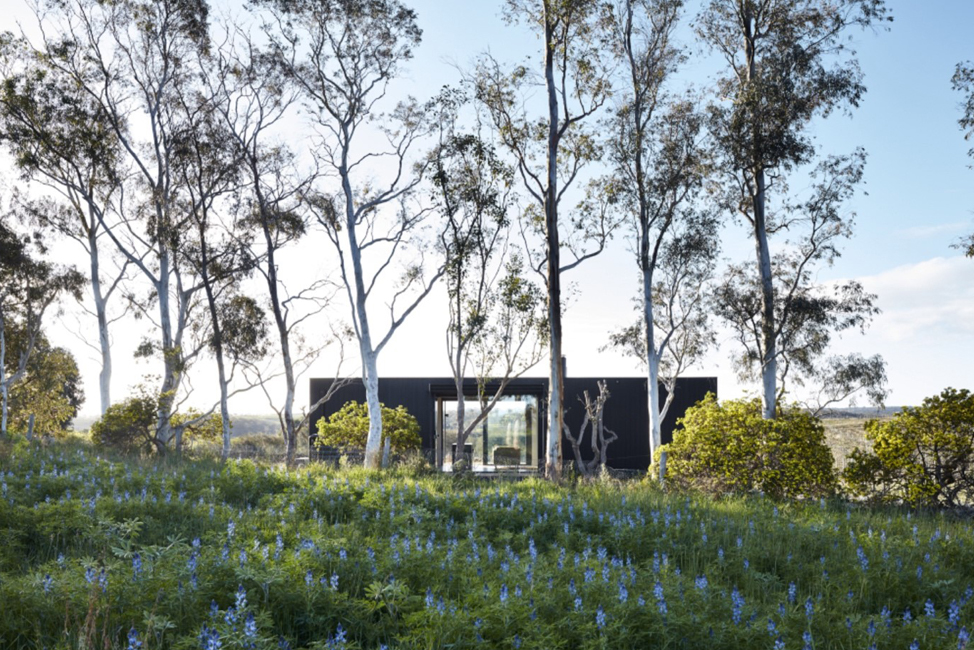
Do you remember when you decided to study architecture/design? What piqued your interest in a creative career?
Dino: When I was younger, I loved to draw. As a child, I’d collect the flyers that were handed out at open house inspections and replicate the hand renderings and floorplans. Growing up, I was extremely inquisitive and would ask “why?” of everything. It certainly tested my parents’ patience, but fortunately they were generally accommodating.
Sara: I was originally accepted into a Visual Communication degree straight out of high school but after taking multiple gap years and spending some time in the big wide world, I jumped ship and switched to Architecture (later followed by Product Design), and now I’ve been working happily as an interior designer for many years. As it turns out, I had a lot of creative avenues I needed to explore before I settled down!
Between the two of you, you’ve had diverse experiences with varied practices, projects and people. What have been your career milestones as you transitioned from graduate to professional life?
D: I finished up at uni at the end of 2008 and walked straight into the aftermath of the GFC. I wasn’t able to secure work immediately, so I offered my 3D visualisation services on a contractual basis to a few construction companies. After about 6 months or so, I hit the streets and banged on some doors. It worked and I was given the opportunity to work in a small family practice. After 18 months there, an incredible opportunity was presented by Dimitty Andersen. I joined her small team and the rest, they say, is history! These are not your conventional milestones, but they are just as important nonetheless.
S: I took a year off from studying between Architecture and Product Design degrees to figure out what my next career step was going to be. During that time, I worked part-time as a design assistant at an amazing architecture studio, casually for an interior and furniture designer, and also casually as a photographic assistant for one of Adelaide’s most revered architectural photographers.
That period of my life taught me so much about what it takes to run a small business, the long hours that you need to put in and the sacrifices that you inevitably need to make. During that period of open eyes and an open mind, I subliminally learned just as much about the business of design as the practice of design, and this was by far the biggest learning curve I have had.
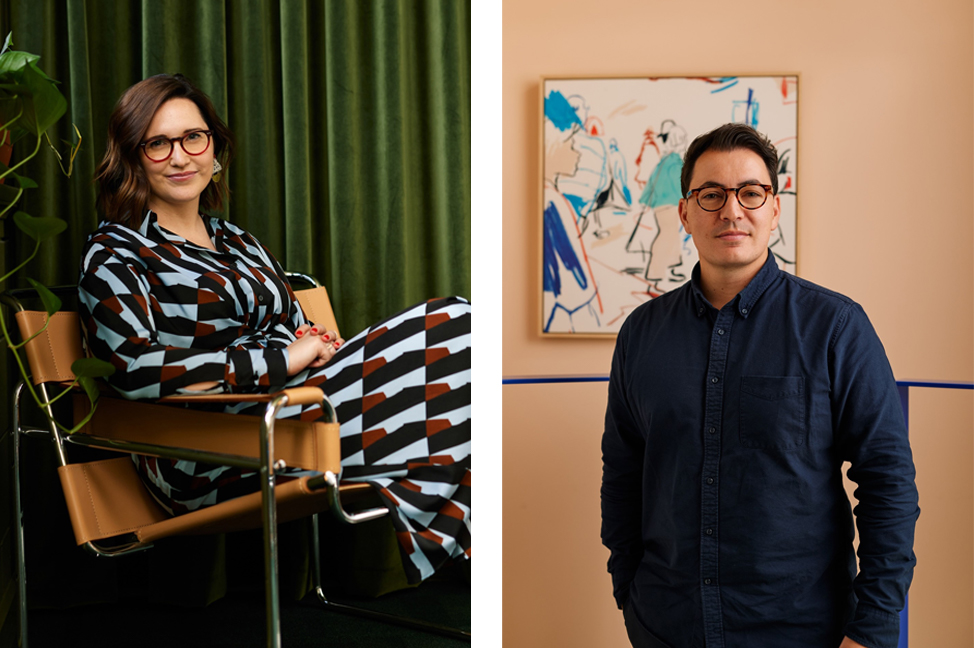
Has your career path so far matched your expectations or have there been some surprises along the way?
D: I’ve always been a bit of an underdog – and so I feel I’ve needed to work harder and apply all my energy to make up the difference. As a result, when given the opportunity, I have been able to surprise those around me. It wasn’t until about 4 or 5 years into my career that architecture started to click. It was empowering once I started to better understand my craft in practice. This accelerated my development and when combined with Sara’s talents, it became a logical step to go it alone, together. It’s fair to say that what has played out since has been a bit of a surprise.
S: I always planned to have my own studio one day, with Dino or on my own, that was always the big picture – it just came along earlier than I thought it would. I never thought I would end up as an interior designer though! That has been a very happy and fortunate realisation that the skills I learned in both of my degrees could be combined to enable me to create my own unique career path.
What was the impetus behind moving on from your job to work for yourselves full-time? Did it feel like a risk? Has the rate at which Das has expanded surprised you?
S: Dino and I have always had side projects on the go … eventually those side gigs got larger and larger, and we found ourselves with a multi-res project that would be impossible to complete out of hours. At the start of 2018 I took the plunge and jumped into Das Studio full-time. We had just bought a house six months earlier, so I won’t lie and say it wasn’t scary, but just knowing that I had a small runway from an income perspective certainly helped.
Things rolled on from there, with Dino joining me in the business midway through 2019. Two years later, we’re a team of 17 architects, interior designers, landscape architects and support staff working from our studio in the southeast corner of the city. It’s not entirely what we had imagined when starting our practice – we more so pictured ourselves working from the front room of our house on a few residential projects every year – but this works too! We love what we have created!
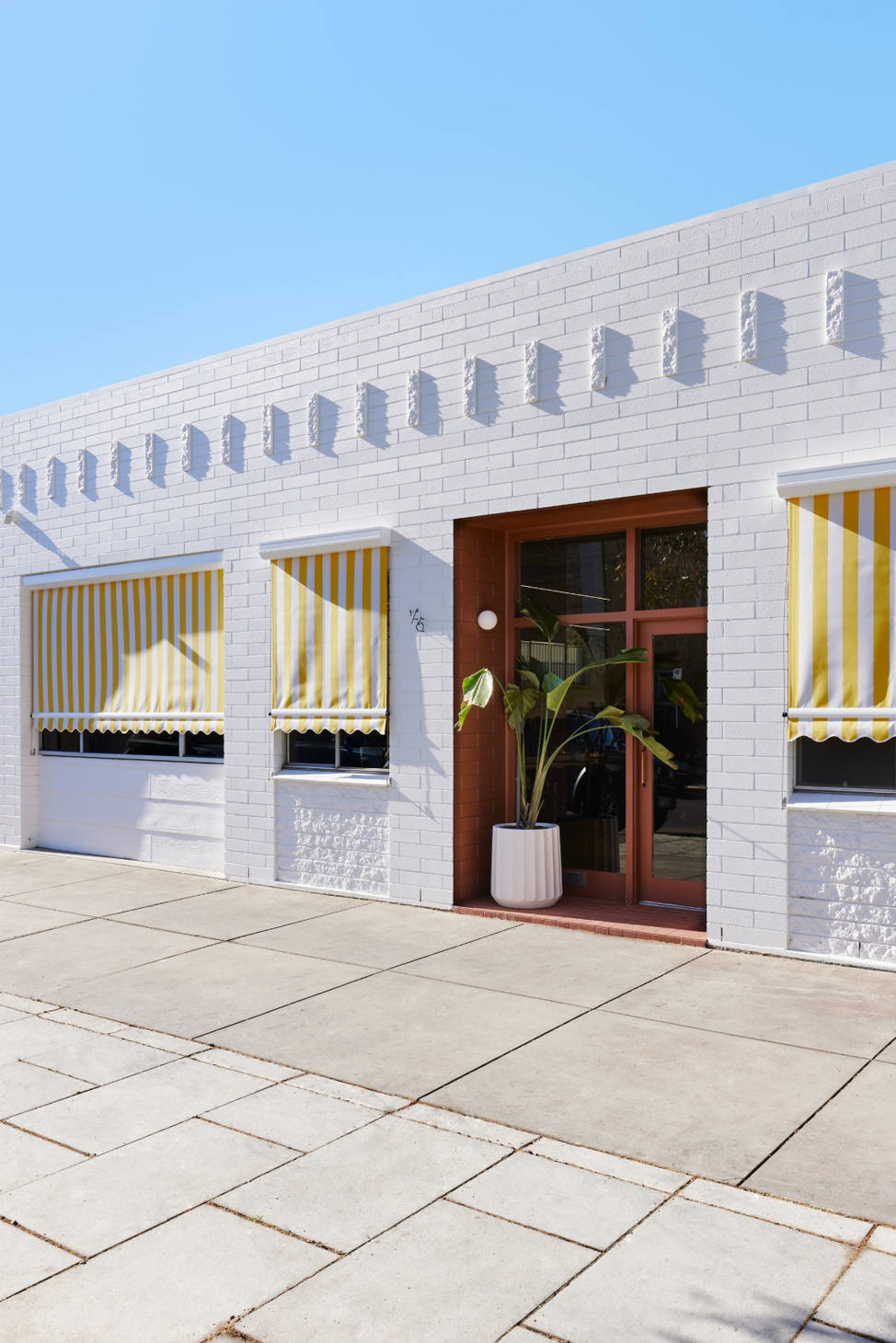
At Das, you’ve been great supporters of recent graduates and given them a chance to shine – an opportunity that’s invaluable for someone looking to establish themselves in the field. What do you see as the benefit of supporting the emergence of young talent in the architecture and design industry?
S: We are fortunate to have a very talented group of recent graduates in our team (mostly from UniSA), each of whom we met through varying pathways including internships, recommendations, industry events, and involvement in the broader community. This cohort are actively investing in their career and their craft, looking at their new roles as being so much more than project work between the hours of 9-5. By supporting their development and giving them opportunities and responsibilities additional to standard practice, we in turn are the beneficiaries – and our clients and the wider profession also.
More specifically, what characteristics do you observe in those new graduates that you see as valuable for your practice?
S: We have always sought out graduates who share the same values as we do, and this has been the overarching decision maker whenever bringing someone new into the fold. Generosity, positivity, respect, the ability to not take themselves too seriously – but also a drive and eagerness to get involved and contribute. The culture that we have created in our studio – that our team contributes to every day – is of the utmost importance. Technical skills can easily be developed over time, but attitude is something inherent that is a lot more difficult to teach.
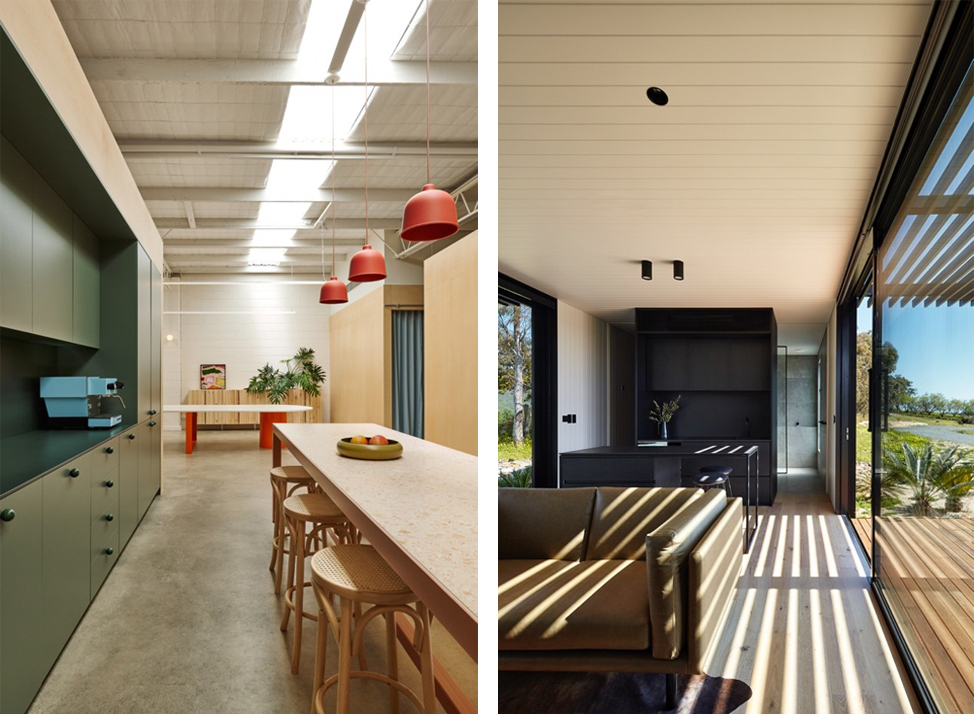
In your podcast episode with Tim Ross you commented on the positive effect of the social connections you made at UniSA and how you’re seeing those connections play out in the dynamics of the industry. Do you think the current cohort of architects and designers graduating will have similar or different advantages? Similar or different challenges?
D: During my time at UniSA, I was able to create a social community through events, exhibitions and collaborations. This did not really exist prior, or at least when I started my degree, and it has definitely had a flow on effect to those now coming into influence within our profession in South Australia. How this has then played out within a professional setting is amplified by Adelaide’s limited degrees of separation. If one has well-connected networks (which take years of effort to cultivate) it can be an extremely powerful resource.
The South Australian architecture and design community is well-known for its collaborative spirit. How does collaboration factor into how you operate at Das?
S: Collaboration is transactional – the exchange of ideas between individuals, businesses, and communities. To be effective, it requires at its core generosity and empathy – values which we elevate within our practice – as well as an environment of trust and respect. It starts with our own project team and the way in which we embed our clients within our process. We also empower them to participate meaningfully, and when managed properly, it delivers more authentic outcomes as well as mitigates risk of misaligned expectations.
A frequently echoed line of ‘a rising tide lifts all ships’ is a saying that best supports the idea of what true collaboration is all about.
Advice from Sara & Dino of Das Studio
Many people are feeling justifiably apprehensive about the state of the world and the industry into which they are trying to break into through. Here, Das Studio Directors, Sara and Dino, share their tips for students who are approaching the end of their studies and looking to move into the professional world, or creatives and graduates seeking a career change.
1. Have confidence in your abilities.
Recognise that when you start your first job, you will not be expected to know what you are doing. In fact, it will be assumed that you know very little. Uni teaches you the groundwork – most of what you need to know, you learn on the job. So don’t be scared of putting yourself out there.
2. Do your research.
It’s amazing the intel you can gain by following your favourite firms on social media and LinkedIn. Visit their websites and learn as much as you can about them. Figure out who you should be addressing your job application to. If the information isn’t readily available online, call up and ask. A correctly addressed email goes a long way.
3. Have an open mind.
Understand that your first job out of uni might not be your dream job but everything you learn there will put you one step closer to your target. Always put your hand up to participate, never stop asking questions, and never stop learning.
4. Get involved.
Join the governing body of your industry for updates on events – social and educational. There are always activities on that provide opportunity to meet potential employers. Just ask one of our graduate interior designers who kept my glass topped up all night long at a recent awards night and secured herself a job offer the next day!*
*Getting your future boss drunk may not always equate to a job offer, but it will be looked on favourably.



